Hundreds of billions of dong "thrown" into exams
This year, the Ministry of Education and Training said that higher education institutions use 19 admission methods to recruit students. Among them, the most popular methods include considering high school graduation exam scores, considering high school transcripts, direct admission according to admission regulations, capacity assessment tests, thinking assessments organized by training institutions themselves for admission, combined consideration of foreign language certificates...
To have the opportunity to participate in admission methods with the goal of increasing the possibility of being admitted to the major of their choice, in addition to the high school graduation exam, candidates must participate in exams such as: the capacity assessment test (ĐGNL) of 2 national universities, the thinking assessment test of Hanoi University of Science and Technology, the V-SAT test (ĐGNL on computer) of some schools, specialized assessment test (Ho Chi Minh City University of Education), ĐGNL test (Hanoi University of Education)... international foreign language certificate test, international ĐGNL test... The number of admission methods is equivalent to the number of exams organized by universities, foreign language centers, ĐGNL test centers.
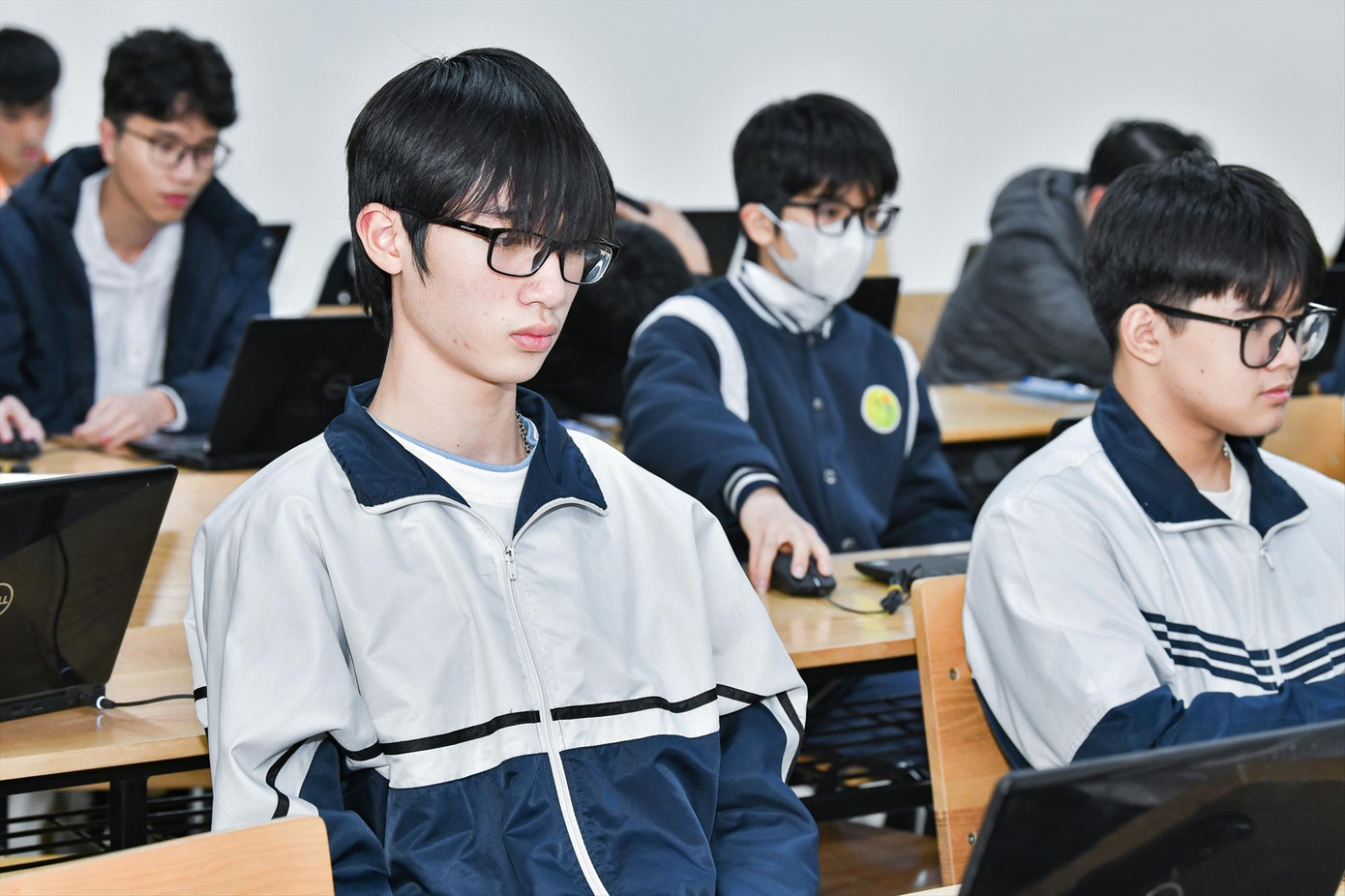
These exams consume huge resources of society. For example, the total number of candidates taking the National High School Exam of Ho Chi Minh City National University this year is 223,000, the exam fee is 300,000 VND/time, the total fee parents transfer to the school is 66.9 billion VND. The total number of candidates taking the National High School Exam of Hanoi National University this year is nearly 90,000, the exam fee is 500,000 VND/time, the amount candidates pay is nearly 45 billion VND.
The Hanoi University of Science and Technology's thinking assessment exam attracted 55,300 candidates, with a fee of 500,000 VND/exam, totaling 27.65 billion VND. The total exam fees for the 3 exams with the largest number of candidates currently is 139.55 billion VND.
For international language certificates, only at the National Economics University, the number of candidates submitting certificates to convert admission scores is 22,000. With a fee of 4,664,000 VND/test, the total amount of money parents have to invest is 107,272 billion VND.
Also at the National Economics University, there are 3,000 students with SAT international certificates, the exam fee is 2,888,000 VND/time, equivalent to about 8,664 billion VND. Thus, just calculating the exam fee for international certificates for candidates applying to the National Economics University this year is about over 115 billion VND.
This year, the Ministry of Education and Training did not announce the number of candidates exempted from the foreign language exam (due to having an international foreign language certificate); last year, the number was 67,000. From that, it can be seen that, just for the foreign language certificate exam fee, the amount of money parents have spent on their children has reached hundreds of billions of dong.
More importantly, to get a certificate, parents must invest for a very long time, so the value of a foreign language certificate can be up to hundreds of millions of dong. Each candidate does not only take one exam, many students take both the foreign language certificate exam and the national aptitude test or thinking assessment. In grade 12, some students take 2-3 exams (including the high school graduation exam) to find opportunities to apply to university.
From the economic calculation, it can be seen that the university entrance door is leaning towards candidates with conditions. This is also deeply rooted in the autonomy of university education. The state no longer supports tuition fees for students, so if families do not have the conditions, it will be difficult to handle the learning process of their children in 3-4 years of school.
Choosing the entrance examination method is also a "natural" screening method to ensure future learning conditions for students.
Fairness must be ensured.
In reality, having nearly 20 methods confuses candidates. Many separate exams give more opportunities to candidates but the opportunities are not equal.
Currently, only 2 national universities organize their own exams at many exam locations, but they only "cover" a very small area compared to the provinces/cities across the country, and most of the separate exams have limited exam scores. This makes it difficult for candidates in rural, mountainous, island areas, far from exam locations to "touch" the separate exam due to the high costs of travel and accommodation.
Universities may have many methods, but candidates who have access to more methods will clearly have an advantage. Meanwhile, the Ministry of Education and Training always recommends that no candidate loses the opportunity to apply due to the cumbersome and costly admission process.
The fact that universities organize their own entrance exams is quite different from the international situation, where in many countries, the examination organization is an independent unit, and the university does not participate in this process but only uses the results for admission.
Faced with the risk of educational inequality and the waste of social resources, the question is: Should we build an independent testing center that organizes exams and uses the results for university admission? Professor Nguyen Dinh Duc, University of Technology (Hanoi National University) said that if there is an independent testing center, it will be very good because then the admission will be more standardized. But Professor Nguyen Dinh Duc is concerned about who will manage and operate that center. Mr. Duc is most worried about the risk of bias.
Dr. Sai Cong Hong, an expert from the Association of Vietnamese Universities and Colleges, said that Vietnam is completely capable of establishing independent centers for testing. There needs to be regulations on legal entity independence.
The most important thing is who uses the results and for what purpose. Mr. Hong affirmed that there are regulations that can be controlled based on the assessment of the quality of the test output and test results using modern test analysis methods.
What did the representative of the Ministry of Education and Training say?
In Vietnam, when implementing the 2018 general education program, the RGEP project (Support for General Education Innovation), the Ministry proposed to build a parallel independent testing center. But later, this content was removed from the project.
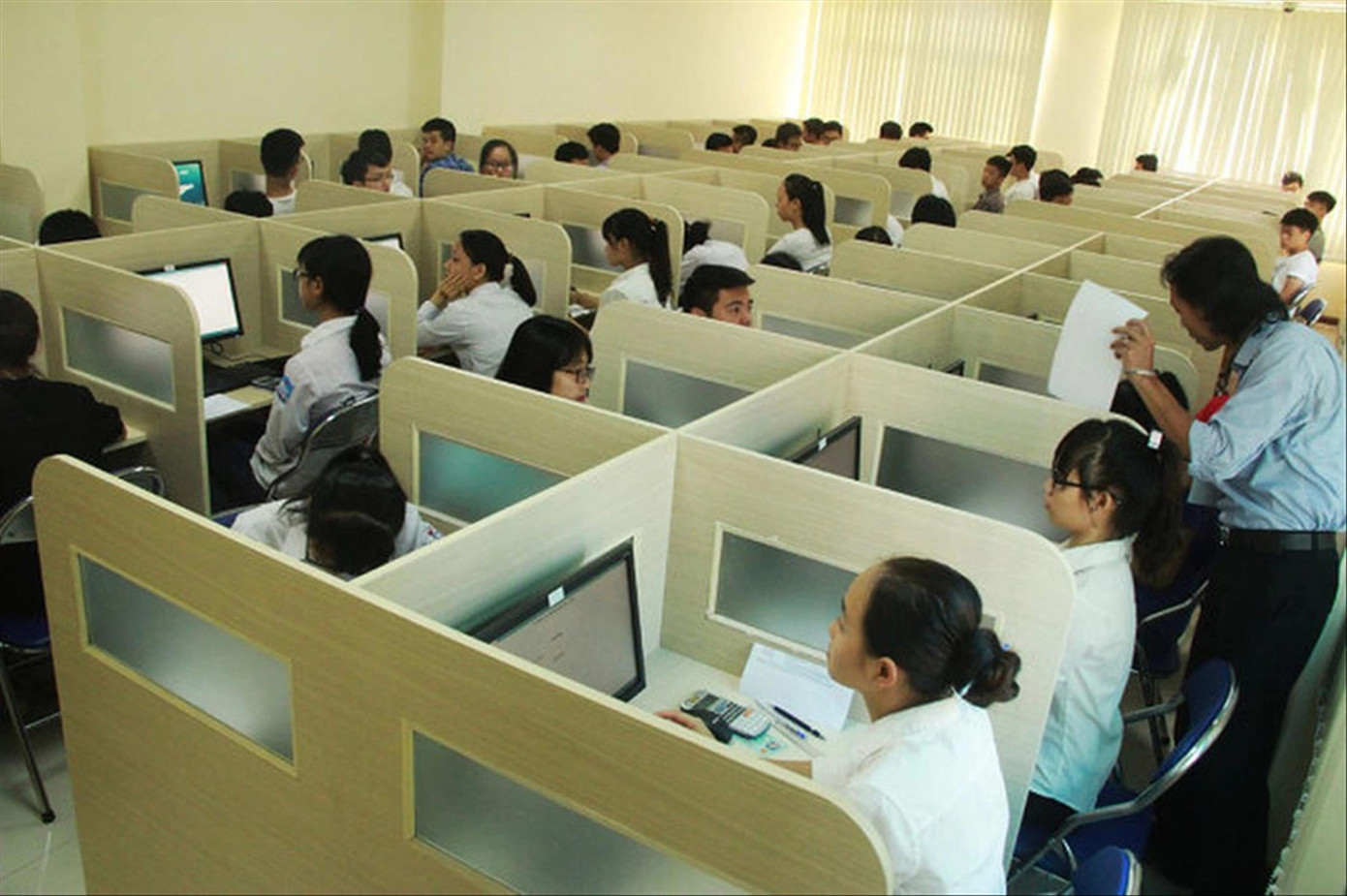
In the document guiding the implementation of university education tasks for the 2021-2022 school year, the Ministry of Education and Training set a goal of moving towards forming professional testing centers for higher education institutions and independent testing centers. Deputy Minister of Education and Training Hoang Minh Son affirmed that a number of educational institutions are organizing their own exams for admission, including exams whose results are used by many schools for admission. This is the autonomy of the schools.
With prestigious exams, many schools use the results for admission, many candidates participate in the exam, which is a good direction to establish independent testing centers from university education institutions. Deputy Minister Hoang Minh Son said that independent testing centers must be formed on their own. The Ministry does not stand up to establish testing centers because it lacks objectivity and private companies can hardly do this. Because this exam, first of all, wants to exist and develop, it must be used by schools.
Therefore, the center must have prestige and quality, and to do this, private companies can hardly achieve it in a short time. Mr. Son shared that, according to international experience and practice in Vietnam, these centers will be formed from universities, cooperation between universities. Then they will be separated into independent programs or independent centers. Thus, independent testing centers can be established by many schools, an association, a club, or a group of schools, which is the right direction. Regarding the opinion that some educational institutions have limited private exam locations, which can cause loss of opportunities for candidates, Deputy Minister Hoang Minh Son said that when building the Admission Regulations, the Ministry has carefully calculated this issue. The Regulations have provided provisions for fair access to the exam. If any school only considers admission based on a single exam, the exam location limits candidates' ability to access the exam, the Ministry will have an opinion. Currently, candidates do not lose their chance, because they still have to take the high school graduation exam. HOA BAN
Experts believe that the testing center can be relatively independent. It can be associated with a prestigious university to create trust in society. Because large universities have a team of quality experts, capable of creating questions and organizing exams.
Source: https://tienphong.vn/khao-thi-doc-lap-cong-bang-chong-lang-phi-post1765426.tpo





![[Photo] Deep sea sand deposits, ancient wooden ship An Bang faces the risk of being buried again](https://vphoto.vietnam.vn/thumb/1200x675/vietnam/resource/IMAGE/2025/11/13/1763033175715_ndo_br_thuyen-1-jpg.webp)


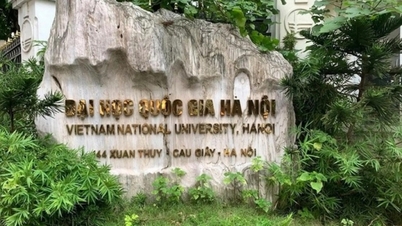



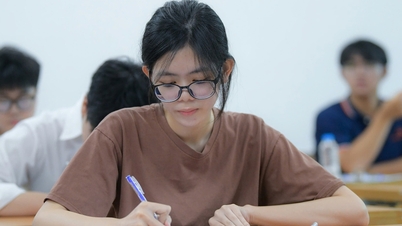


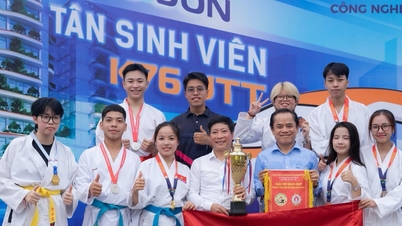

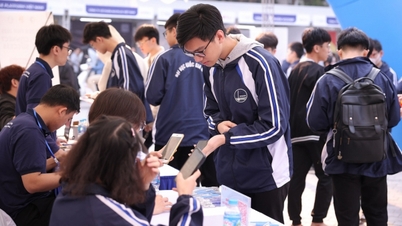
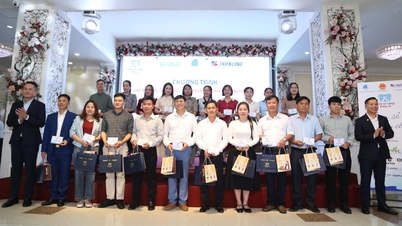

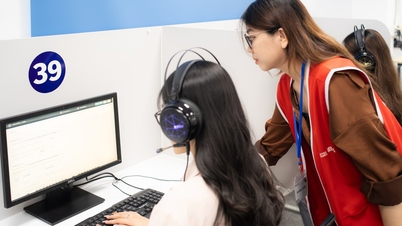
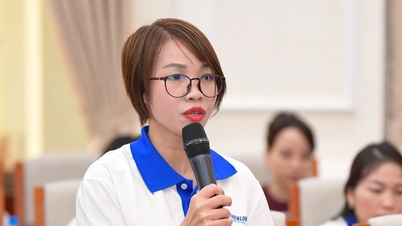











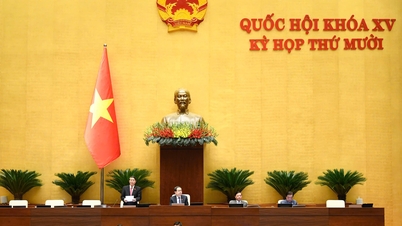

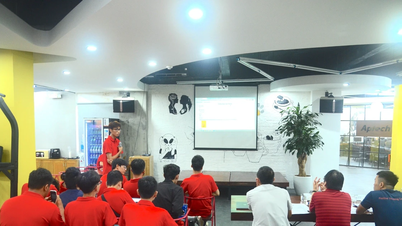
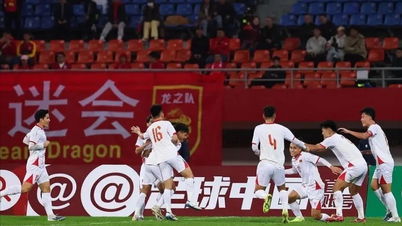



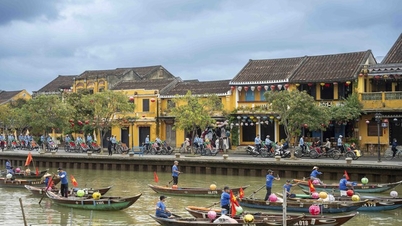

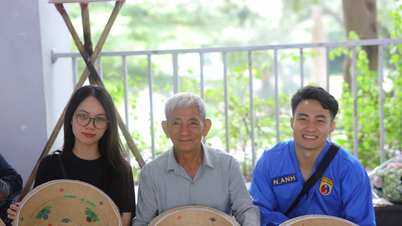




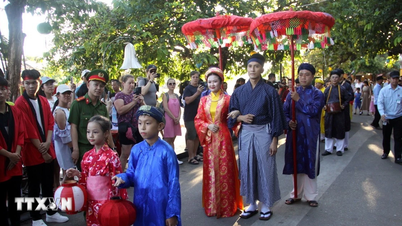

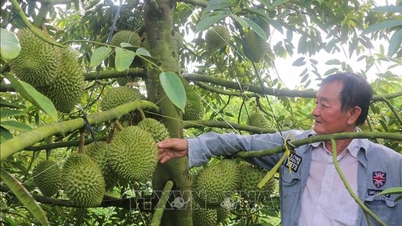
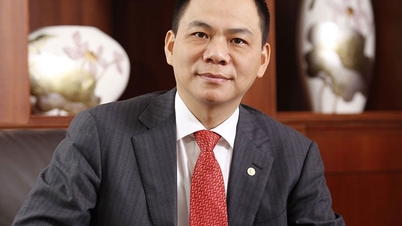

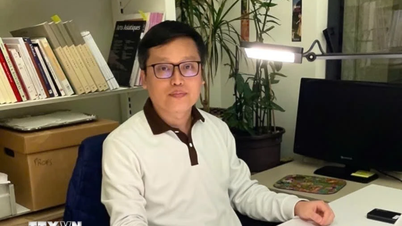
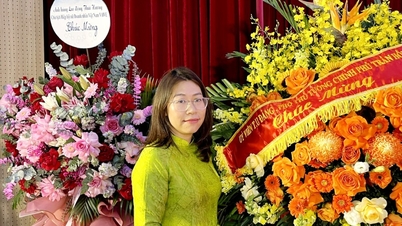








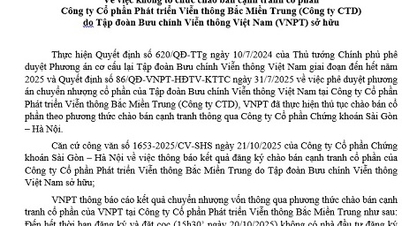






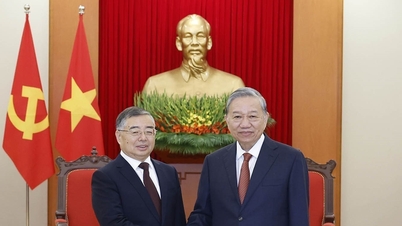
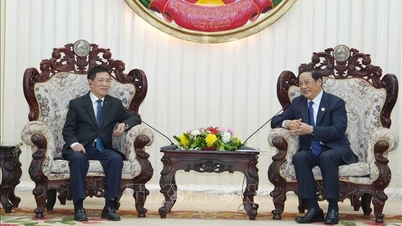






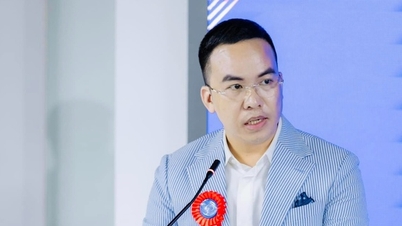
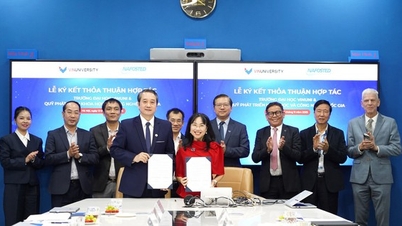

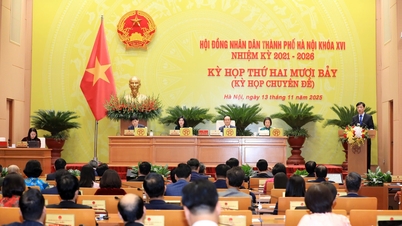

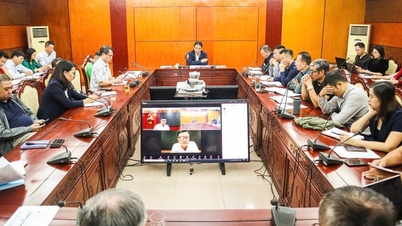
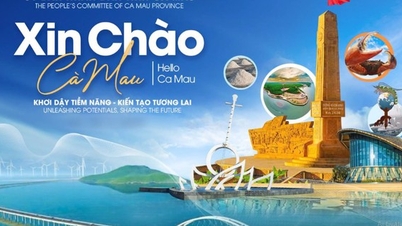
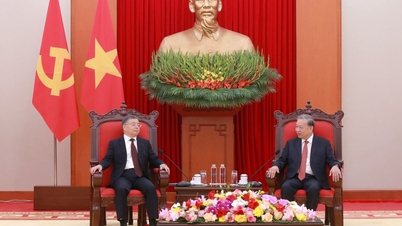
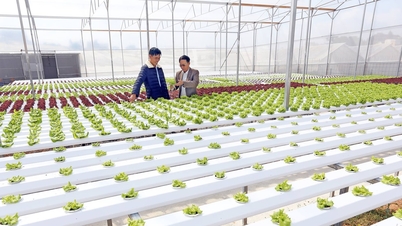





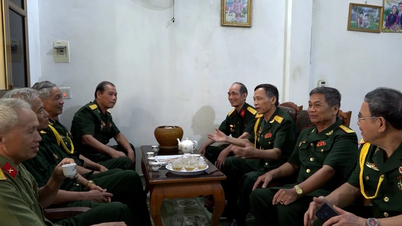


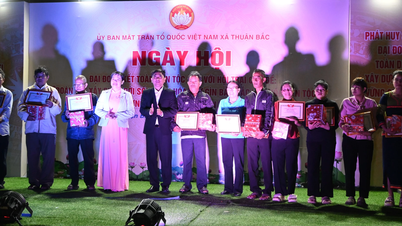
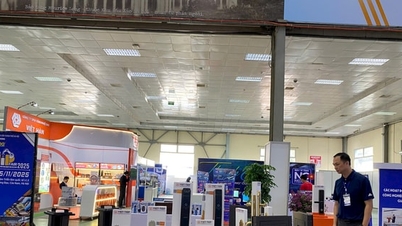



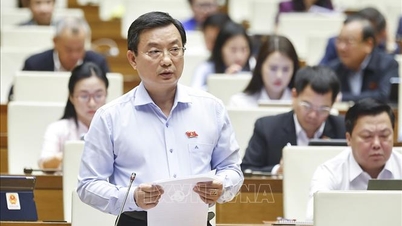
![Dong Nai OCOP transition: [Article 3] Linking tourism with OCOP product consumption](https://vphoto.vietnam.vn/thumb/402x226/vietnam/resource/IMAGE/2025/11/10/1762739199309_1324-2740-7_n-162543_981.jpeg)







Comment (0)